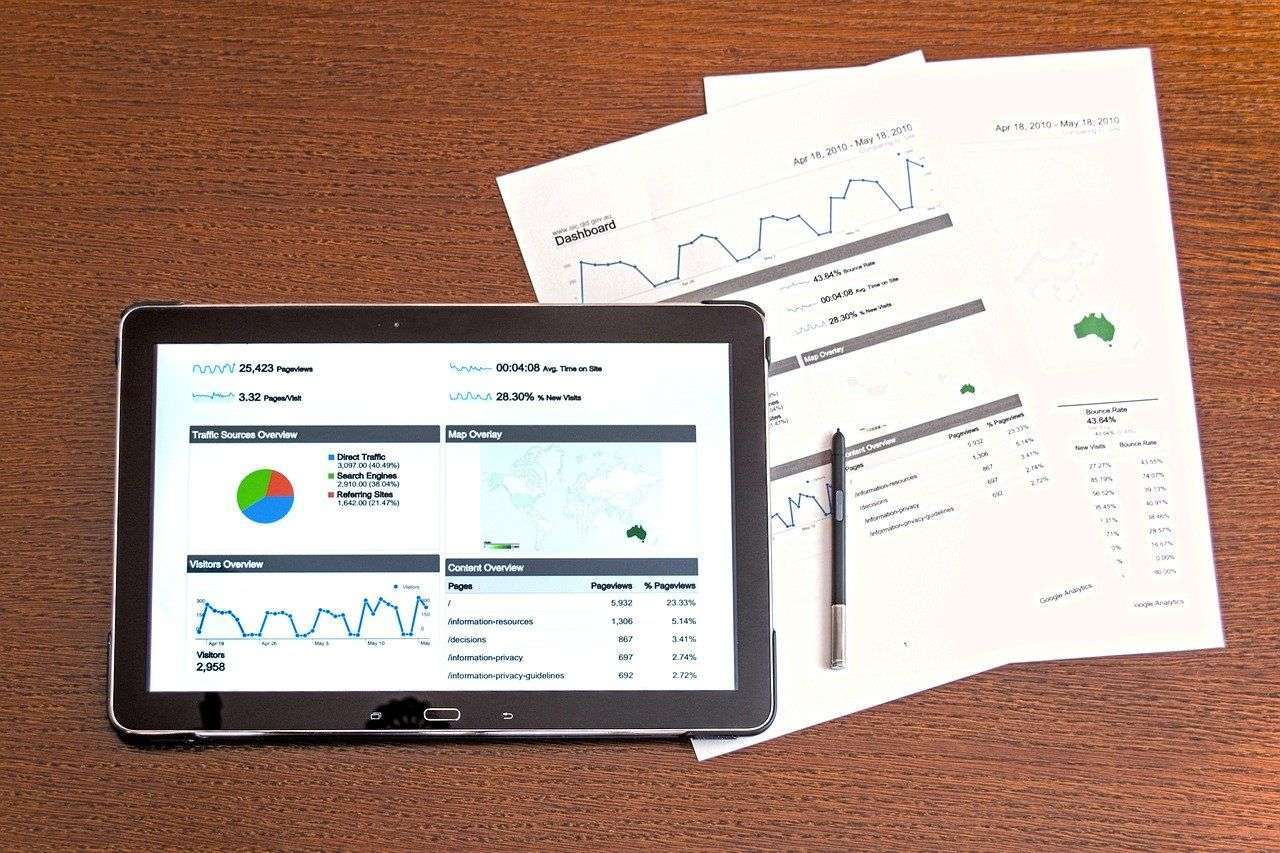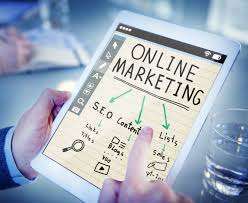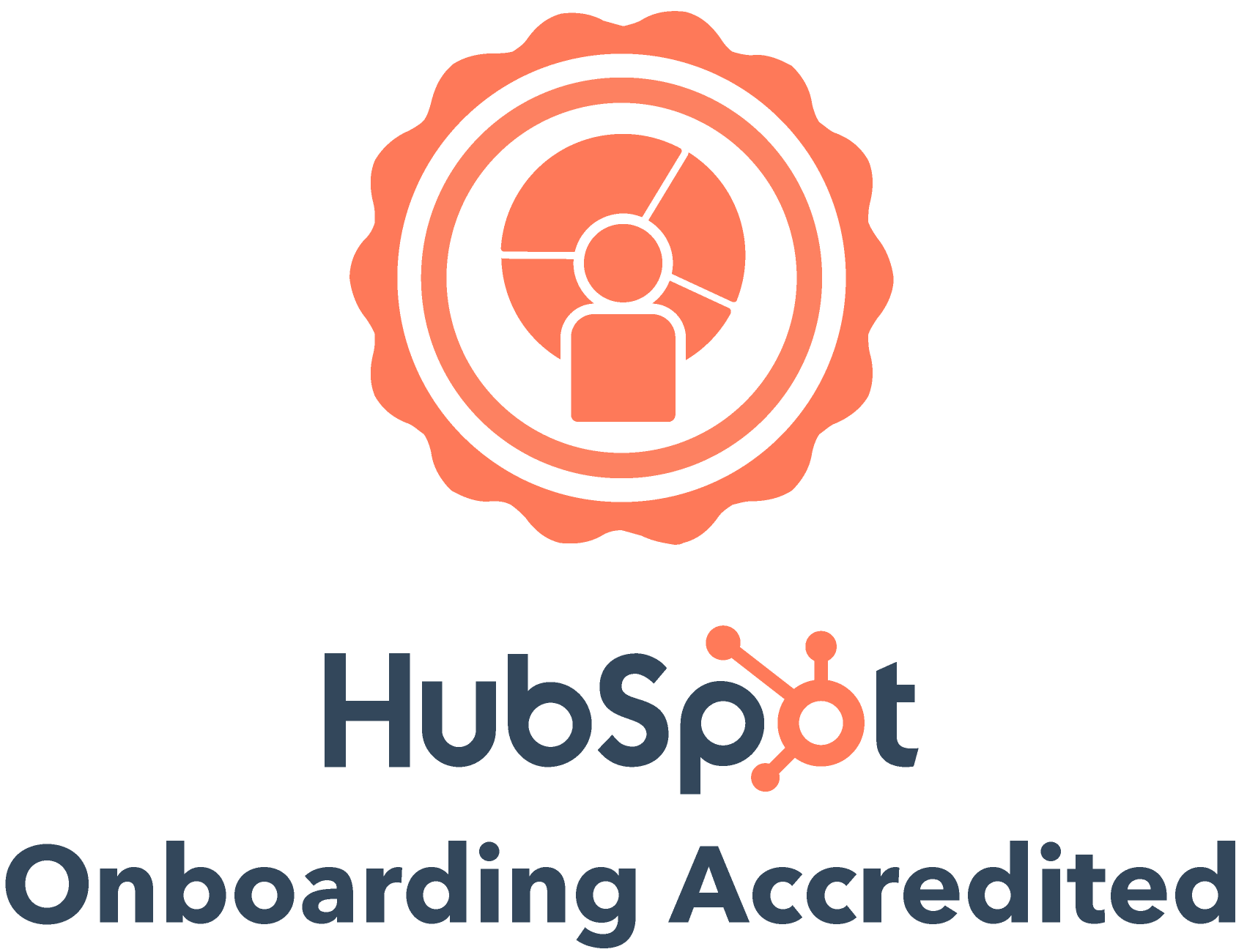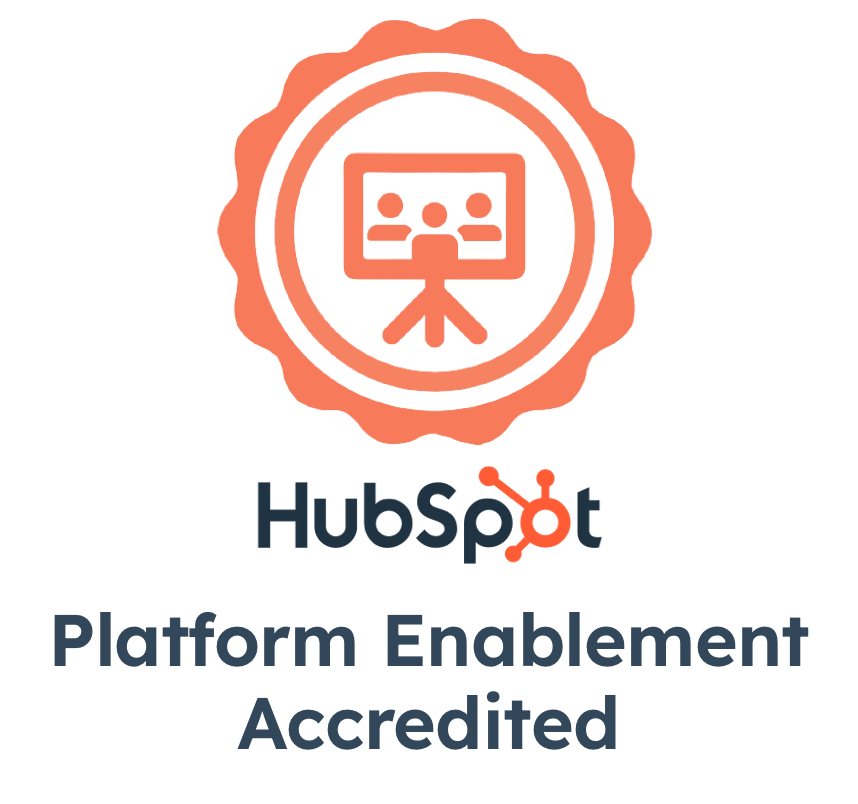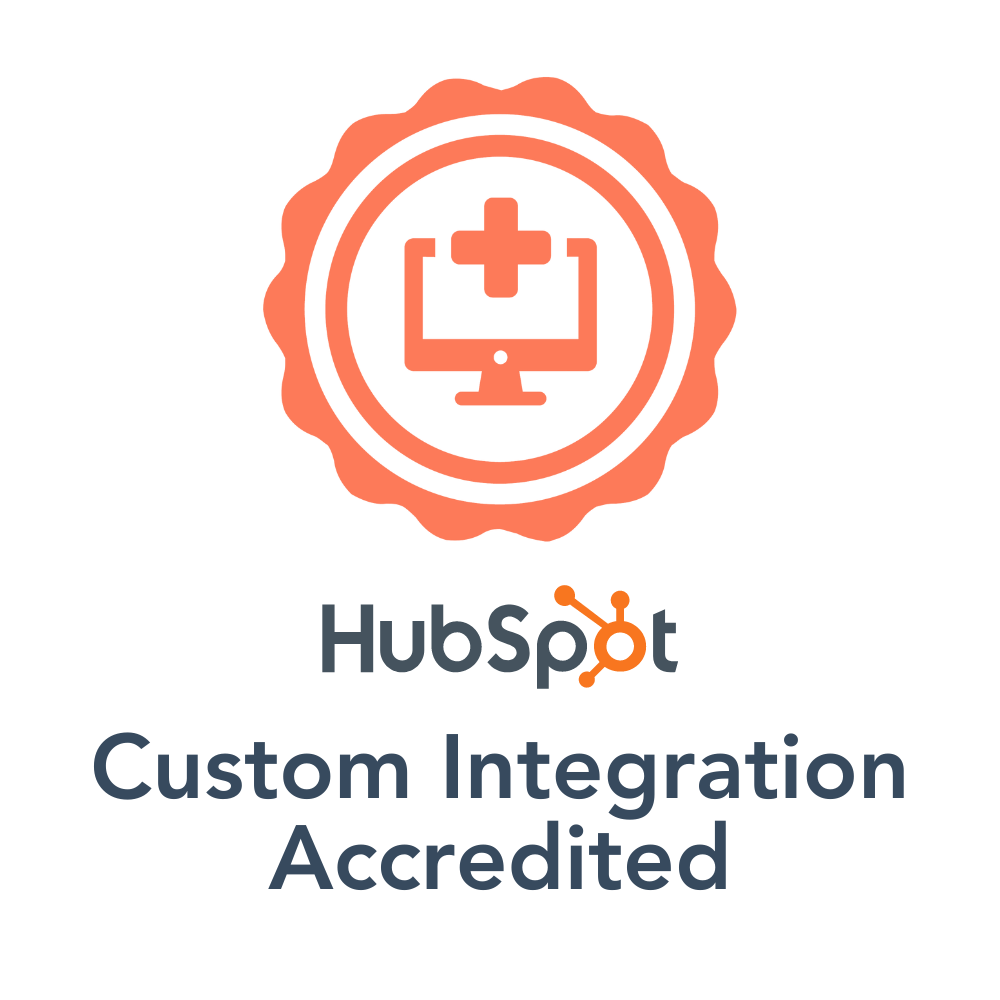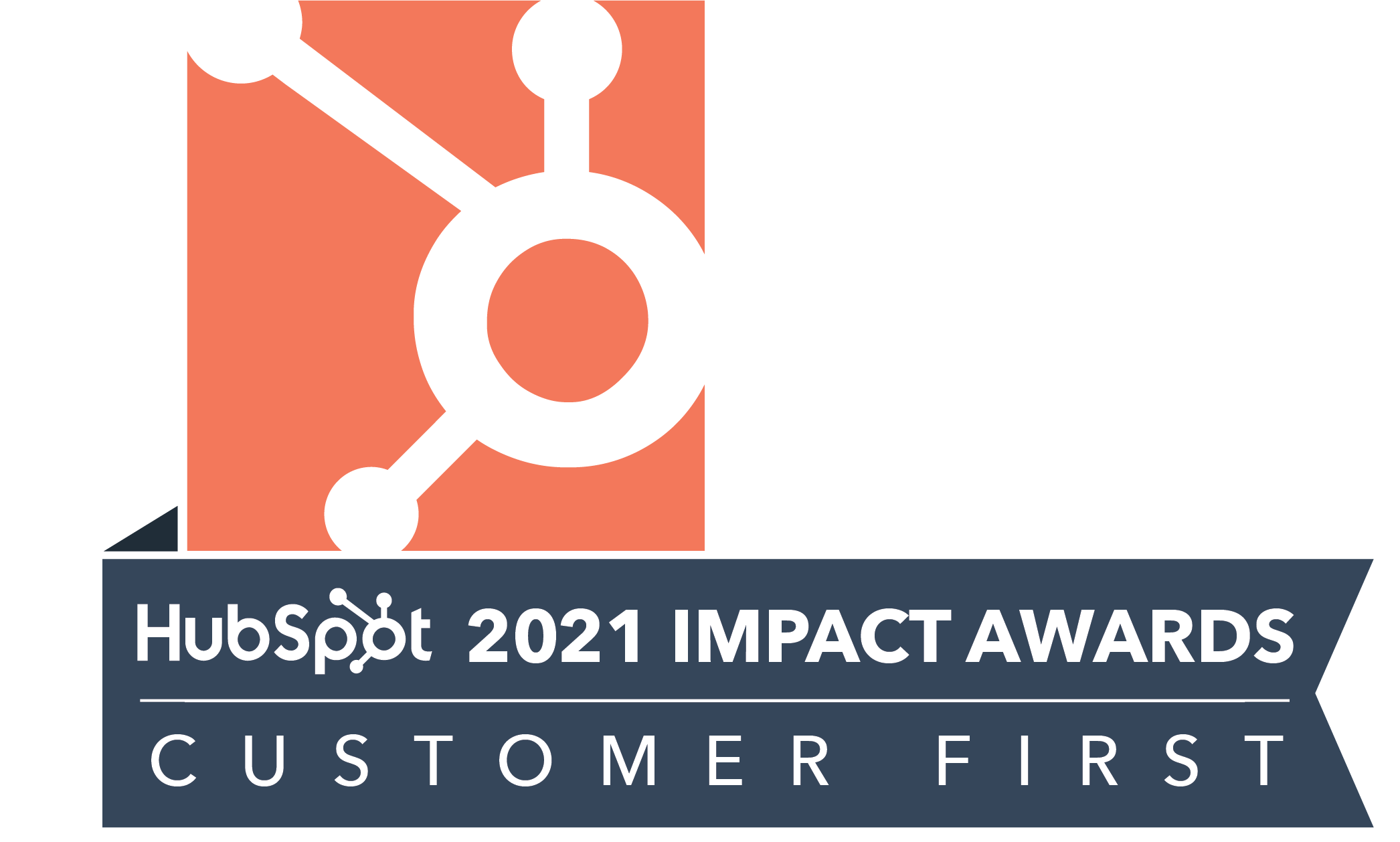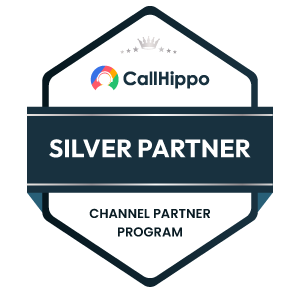If the last few months have taught us one thing, it’s that ‘change is the only constant’, and the sooner we adapt to it, the better positioned we are in the market! For several businesses, this means undergoing a complete transformation in their modes of operation – adopting digital as the new normal. For others, the more lucky ones with an existing digital marketing strategy, the change is in terms of balancing their marketing goals with customer empathy.
COVID-19 has changed a lot about your customers, probably a large number of them are already affected, or in fear of being so. In times like this, it becomes important for brands to rethink their customer’s priorities and accordingly mould their marketing messages to engage their customers.
To help you do so, we are sharing a list of some of the best inbound marketing strategies, and how to use them to effectively serve, as well as grow customers during this pandemic.
1. Content that Builds Trust, Generates Value
Content marketing is the most important part of an inbound marketing strategy, and has become even more so now. It plays a crucial role in gaining the trust of your customers, and building a good customer relationship with them.
Long gone are the days when customers accept a brand’s message at face value. This sense has only been amplified since the spread of COVID-19. After all, you yourself must be questioning every nugget of information presented to you. So why won’t your customers?
The first step in gaining their trust is to address the pandemic and its consequences for the customer. You can start by listening to them, and understanding the real impacts of the pandemic on their lives. This will allow you to find the right tone for your overall messaging, and develop content accordingly.
A great example of this is HubSpot’s effective and highly useful response to COVID-19. Apart from reducing their prices and providing free tools to customers, they also initiated a new educational content series called Adapt 2020 to push weekly insights about sales and marketing trends that their target audience can greatly benefit from. Moreover, they are providing weekly marketing and sales benchmark data to guide business in their new initiatives.
Another thing you can do is provide true value through your content marketing strategy. Everyone is very conscious about the content they are consuming right now, and if it isn’t honest and purposeful, they will not engage with it. So you must ensure that the message of your content is backed with real action.
Social media is another powerful inbound marketing channel you can use to engage with your users. According to eMarketer, the usage of Facebook apps has increased by 70% in the month of March! You can start by identifying the target demographic across platforms like Facebook, LinkedIn, Instagram, etc., and what type of content they are looking for in a post-pandemic world.
Creating videos, posting frequent informational posts, driving engagement with interactive polls etc. can further enhance your inbound social media strategy as well as your overall inbound strategy. And keeping an eye on their comments to gauge their response can help inform your future initiatives.
2. Focus on Education, not Promotion
According to the COVID-19 benchmark data by HubSpot, website traffic, email open rates, and buyer-initiated conversations have all increased since the start of the crisis. And most of them point towards increasing traffic for educational resources such as blogs and certifications.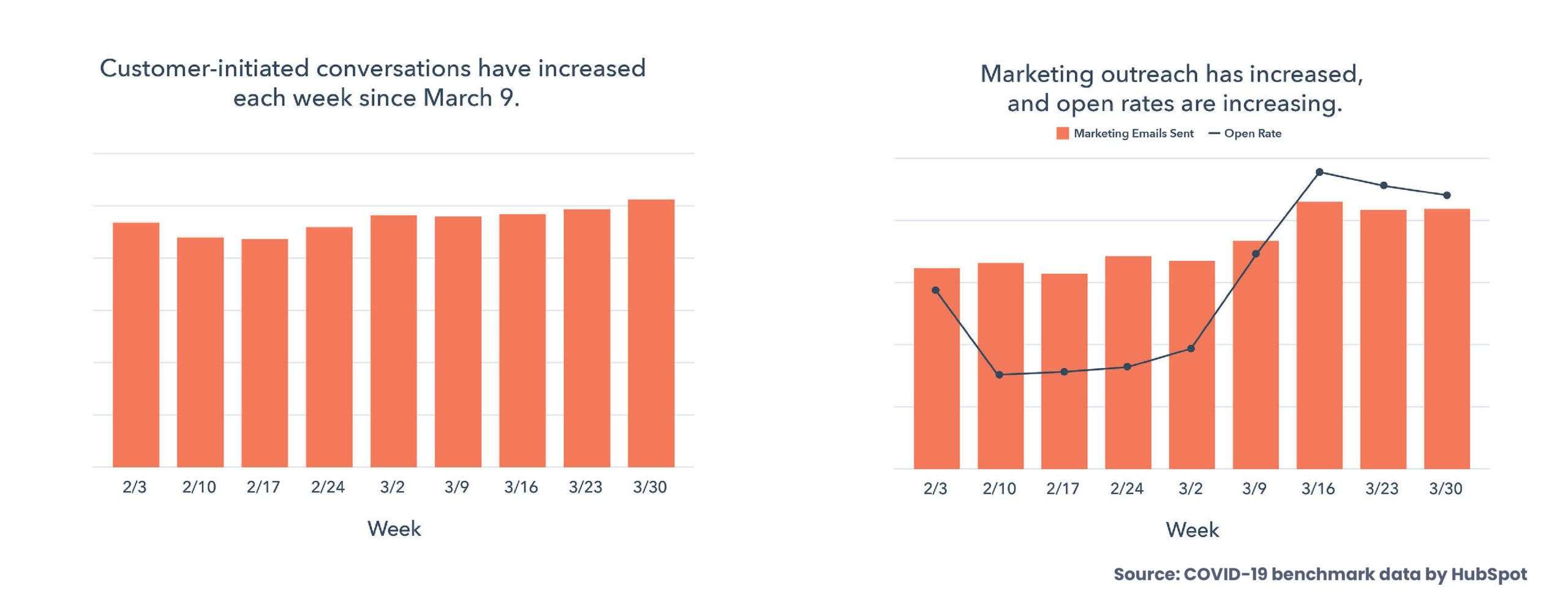
What this suggests is that customers are still looking to engage with companies, but instead of simply pushing promotional content, now is the time to adapt to this new opportunity. Start with generating more educational content that can help your customers. It could be directly related to your business, or a different set of activities altogether. Explore areas where you can contribute, in terms of their thoughts, emotions, problems etc. And link your services with insights that can help them manage and overcome these challenges.
You could also try to engage your customers with infotainment content – experiment with videos, and provide new data to your clients in animated formats!
For example, DoubleTree, a hotel chain in America known for its delicious chocolate-chip cookies, did exactly that! They put out a short video showing the recipe for the ‘DoubleTree Cookie’. DoubleTree SVP and global head Shawn McAteer put out a statement along with the video saying, “I know this is an anxious time for everyone. A warm chocolate chip cookie can’t solve everything, but it can bring a moment of comfort and happiness.”
So even though ‘hotels’ are the last thing on their customer’s minds, this video, which was played over 250000 times, allowed them to truly connect with them!
Therefore, an honest step in this direction will take you a long way, helping you build healthy relationships, and turning them into customers when they are ready.
3. Ensure Visibility for Your Business
Another important step for businesses in this direction, particularly the ones that aren’t active on the digital landscape is to become visible. And thus be present – on the internet, to your customers, where they are, and whenever they are looking for you. You cannot do this without a solid SEO strategy. Because in addition to your existing customers, it will also help you reach the currently untapped markets. Even widen your reach globally!
By segmenting and targeting your regions, and developing the content specific to those regions (language variations, culture variations, need analysis), you won’t have to remain dependent on any single country’s economy. You can diversify your SEO strategy across different countries, and maintain a steady flow of overall engagement.
In addition to this, you can also do paid advertisements to improve your brand awareness. With several companies having reduced their ads spends, paid advertisement has become cheaper. And now is the perfect opportunity for you to deploy these, and get your prospects to know about you!

But you must be conscious about relaying the right message through these ads. Staying away from ‘promotional’ messages, and instead providing the right context in terms of working from home, social distancing and COVID-19, and focusing on brand building can allow you to make truly relevant ads for your prospects.
These strategies, adopted now, could prove to be beneficial in increasing your brand awareness, and facilitating future growth.
4. Marketing Outreach
Some of the traditional ways of marketing like events, live shows, or personal product demonstrations, are no longer appropriate in the time of social distancing. And that calls for quick and immediate transformation in your business’ marketing plans.
Fortunately, the digital landscape is ready to accommodate this need. With more and more people getting comfortable with the idea of video calls and webinars, your event plans need only be modified to capture the desired results. As in the case of IBM, with their biggest event – ‘IBM Think’ being cancelled, they are switching to digital events which are being powered using interactive content!
Back to the data that customers want to engage with businesses, it is up to you to find ways to use this opportunity. Sharing resources and new content pieces, or even sending empathetic check up emails can go a long way in establishing a strong connection between your business and the customers.
COVID-19 has transformed the way businesses operate. But that doesn’t mean the principles of inbound marketing strategy don’t stand. In fact, they are even more relevant in a market that has started to rely heavily on digital marketing. The onus is thus upon you to incorporate some of the best inbound marketing strategies and inbound marketing tools to provide valuable experience and support to your customers.
Now is also the time to rethink your inbound marketing for B2B, and identify if it really is contributing to your business growth. Taking an inbound marketing assessment can help you identify where the problem lies in your inbound marketing strategy. And post that, we can work with you to suggest the much needed changes that can help achieve your business objectives.


.jpg)
